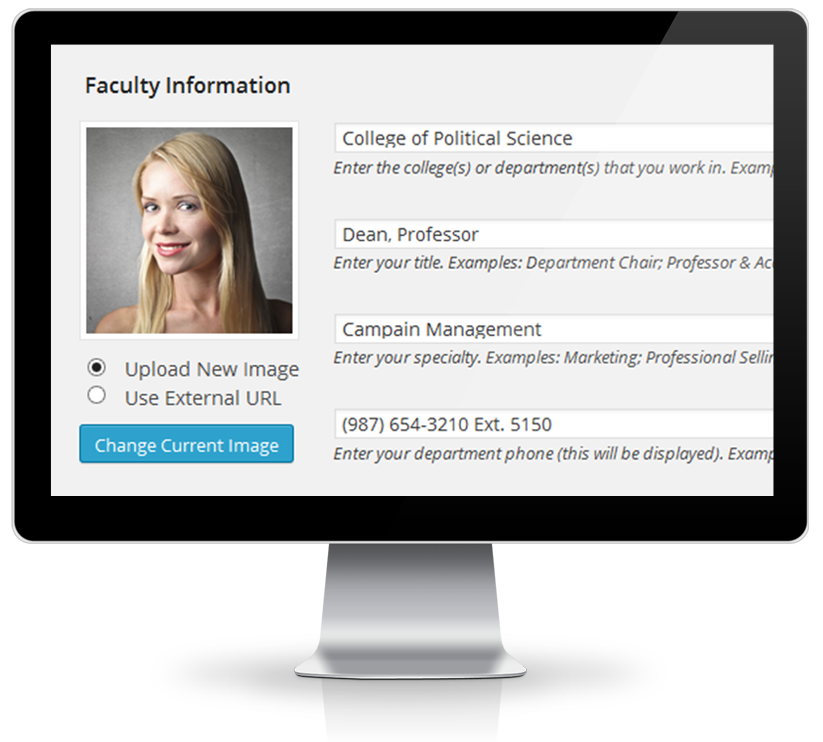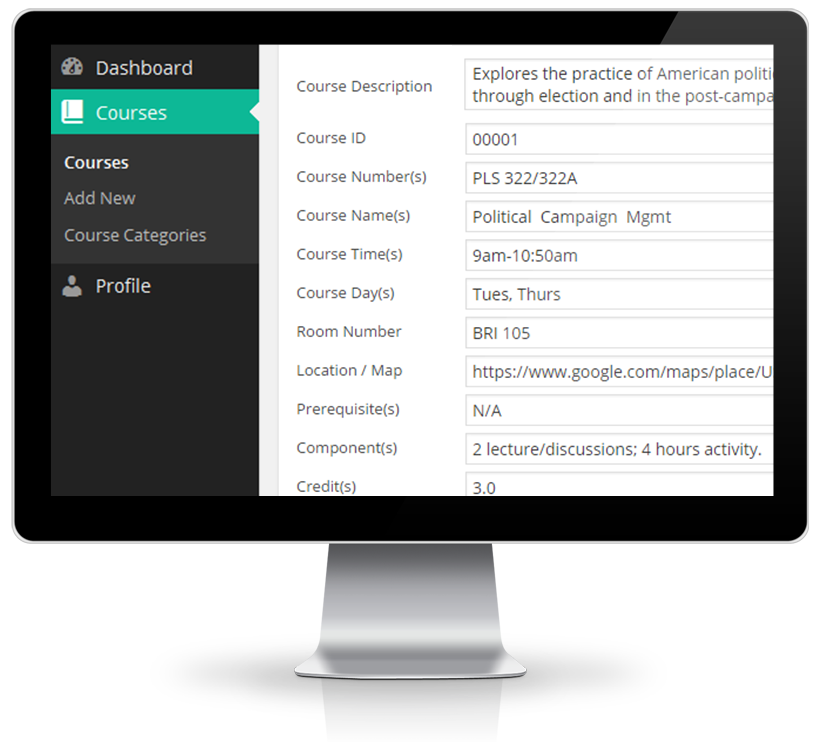Practical Overview of our methods for Students & Faculty
We believe that practical-observational process of teaching and learning go hand in hand. We are building a future university method that will help our schools, faculty members, and students. This Something (Practical-Observational) enhances the school experience for students, increase engagement and retention, decrease confusion, and remains focused on the details. We know that our process will work for the majority of educational institutions out there. We encourage them to adapt it (Maloy, Verock-O’Loughlin, Edwards, & Wolf, 2017. p47, 247-249)
We use appropriate existing literature, publications, thesis and textbooks, including other STEM based pertinent learning tools, that are fact-based on practical science and research. All of them contain – Intelligent Information Science and other world view curriculum (including, Un-intelligent based stories) that ultimately speak for themselves.
We are not afraid of teaching our students “the other side of the coin”, as facts speak for themselves.
Our university concentrates on sciences (Chemistry, Physics, Biology, Micro-Biology, Astronomy, archeology studies, Hawaii volcano studies, Fossils forensics studies, Information science, radiometric isotope dating techniques*, DNA molecular and genetic studies) and all other elective courses strictly based on True -Observable – Science and unquestionable facts; all necessary for a well rounded education.
Any obstacles to our methods, vision, mission and process are feed-backed and immediately referred to further research, always based on incontrovertible facts and or information based origins. This is the foundation of our vision. Practical science with hard working research that makes sense, and to ultimately try and overcome challenges that are misunderstood and or in the process of discovery.
References
Echeverria, F. (2017). How to we reconcile a young earth if according to Astronomers the Universe is 14.5 Billions years old ? Retrieved November 14, 2018, from https://mauihomeschool.blogspot.com/p/how-to-we-reconcile-young-earth-if.html
Maloy, R. W., Verock-O’Loughlin, Edwards, S. A., & Wolf, B. P. (2017). Transforming Learning with New Technologies (3rd ed.). Pearson.
Footnotes:
Isotope radiometric techniques are studied based on “new earth” and “old earth” methods. There is increasing and surmounting evidence that points to “young earth” foundations (Echeverria, 2017)
Check Out The Feature List Below
Everything You Need, Just Study and be a success

Just Login and go

For Our Faculty – New Faculty User/Role
Hawaii On-Line University web page comes fully integrated with a new “Faculty” role specifically built for educational institutions. This new Faculty role provides users with the ability to add, edit, and update their profile page, courses and course information. Easy for our faculty to teach and to learn as well. We are all learners after all.


Faculty Panel & Permissions
Notice the simplicity of the dedicated panel for Faculty users. We tried to make this as easy as updating your Facebook status. This dashboard only includes the necessary information for this user role (ie. courses & profile). Under Courses, users will only see the courses that they’ve created and/or currently assigned to them. They can open any one of these to begin updating/editing the course information and course content (ie. homework, study guides, etc.) to meet their teaching style.
For Our Faculty – Extended Profile Fields
This theme extends the basic profile fields provided by our web page including: a custom profile photo uploader and faculty specific fields (such as department, title, specialty, and additional contact information). All of these fields are then used on the Advanced User Page & Course Sidebars.


Advanced User, Faculty Page & Course Sidebars
User pages now include information that students can actually use, such as office hours, contact info, and a list of their courses. And for each Course, the faculty member assigned will display in the sidebar with their image, name, department, contact, and a link to more of their courses. This is hugely helpful for student who are taking courses that have several sections with different teachers.
Designed for Faculty for Easy Access
Courses
Adding a new course is easy! Just navigate to Courses > Add New to add a new course. Each course has three distinct option sections to note. The Course Details section, which is used to distinguish the course from others. This sections is used for information including: Course Description, ID, Number, Name, Time, Days, Location, Prerequisites, etc.
Next, the Homework (Visual Composer) section allows for faculty to provide more dynamic content such as lecture notes, study guides, required reading, etc.
Finally, the Hawaii On-Line University Course Categories section is where categories can be managed for this course. See Course Catalog section for more details on how this is used.


Course Cataloging
This is where the power of the Polytechnic Hawaii On Line Courses plugin really comes to life and creating a catalog is really simple. Just navigate to any page (or create a new one) and assign the Course Catalog page template. A new drop-down list of options will be provided for you including, filtering courses by Course Category and selecting a number of courses per page. The theme will do the rest. This catalog will be provided after any relevant content included in the Page Editor (Frontend or Backend).
Polytechnic Course Categories have been separated from “standard” categories used for posts to keep things neat and organized, so there won’t be any confusion. For example, you could use a Course Category titled “Mathematics Department” for all math related courses > Then use this Course Category to isolate and display only courses from this Course Category.
Adding Homework, Study Guides, and More!
We specifically built our web page with this in mind. Faculty can add and edit any information that they find relevant for each class. So an English teacher can add the required reading for the week, a Mathematics teacher can add a study guide for the midterm, and a Biology professor can update the lab notes if something unexpected happened during an experiment. The idea is to give teachers an easy way to communicate with their students, regarding there specific class, online. To make this even easier, we’ve included a premium drag and drop page builder with front end editing abilities!


Fully Integrated With Visual Composer
The most powerful drag and drop page builder we’ve ever encountered is also the easiest use. And to make life (and adding content) even easier, we’ve included Visual Composer – the most popular award winning drag and drop page builder with with frontend and backend editors!
To our Faculty
Visual Shortcodes
Don’t worry if you don’t know how to code. Having Visual Composer included means that you can quickly edit layouts and add modules to Courses, Pages, and Posts without sorting through a long list of shortcodes and approved syntax. This also includes some helpful pre-built templates and placeholder content if your in a rush or don’t know where to start. And if you need it, you can transfer content from one page to another by saving it as a new template.

Any Standard Shortcodes?
Yep! We’re including Shortcodes Ultimate for those of you who want to push your content even further. Why? Because, as awesome as Visual Composer is, we’ve found that some users like to have options. Also, there are some instances where using Shortcodes Ultimate can easily extend even a Visual Composer module (ie. Text Module, Hover Image, etc.). For example, if you have a module open that provides the standard content editor and want some text to open/trigger a lightbox without coding additional markup, Shortcodes Ultimate provides an easy to use shortcode adder. Pretty cool for those who like complete control.
Change Everything! Study with Us
The Hawai’i School of True Science (HSTS) Academy is a private, organization (under Computer Integrations, Inc, founded in 2001). The mission of this Academy is to educate students in person and on line -including home schoolers and university students – in order to promote true scientific research & education in the State of Hawai’i that will propagate to the rest of the world.

The Next Generation of Science Learning



